Adding a new puppy to your family is an opportunity to build new memories, but first you must teach her good habits. Help her make a smooth transition into your home by showing her how to adapt to the unfamiliar environment, learn what is expected as a new household member, and settle into a routine. You should also start building your puppy’s confidence by teaching her simple commands and household expectations.
Crate training
Your puppy’s curious nature can quickly land her in trouble if she eats something toxic or chews on an electrical cord. Purchasing a crate that the puppy will use at night and during the day when direct supervision is not possible is a top priority. Choose a crate that will accommodate your pet’s expected adult size, but use a divider while she is a pup so she has only enough room to lie down and turn around comfortably. Restricting her space also helps during potty training and teaches her to wait until she’s outside to eliminate. Dogs are den animals by nature—a crate is not only a safe haven, but also a retreat when your pup is overwhelmed or needs a break.
Potty training
Teaching your new puppy where to eliminate is another priority. Choose a place outside and take her there often so she becomes familiar and comfortable with the area. For the first few weeks, head out every two hours, as well as after she eats and naps. When she urinates or defecates, praise her and offer a small treat—she will quickly learn that eliminating outside elicits your positive response.
Until the puppy is fully vaccinated—around 4 months of age—restrict potty breaks to your yard, because she is susceptible to parasites and diseases while her immune system is still developing. After she is protected, you can walk around the neighborhood to expand her territory.
Feeding
Give your puppy a measured amount of food, following the manufacturer’s recommendation, 2 to 3 times a day, on a regular schedule. At each feeding, call your pup to her food bowl. Throw away any food not eaten after 20 to 30 minutes. Training your dog to eat several meals throughout the day rather than free-feeding has several benefits:
- Helps prevent overeating and obesity
- Provides the security and predictability of a routine
- Creates a regular potty schedule, since dogs tend to go to the bathroom shortly after eating
- Makes it easier to monitor your pet’s eating habits and any changes in appetite
Socialization

Some dogs are naturally outgoing and friendly, while others are more reserved. Exposing your puppy to different people, animals, and environments teaches her that new things are not threatening and helps her become more confident. Since your pup is restricted to your home until fully protected by vaccines, invite people to interact with her in short sessions. Once she can venture out safely, try taking her on hikes, into town, or to a neighborhood park. Never force her to interact with people or animals—slowly introduce her and allow her to approach when she is comfortable. Reward positive interactions with praise and a small treat.
Handling
Adult dogs often resist handling, such as having their feet touched and mouth opened, so handling your pup’s sensitive areas will teach her these actions are not threatening. This is particularly important if she will be around small children who may accidentally grab her ears or tail. Try these exercises several times a week:
- Open your puppy’s mouth wide and inspect the teeth and gums
- Gently handle her feet
- Touch and look into her ears
- Gently lift her tail upward
Basic commands
Your puppy is ready to learn a few basic commands when she is 8 to 10 weeks old. Hold short, frequent training sessions in a quiet area when she is calm. Start with simple tasks and work up to more difficult tricks.
- Sit — Hold one hand in a fist in front of your pup to get her attention. Slowly bring your hand up while saying “sit.” She may naturally sit as she raises her head to follow your hand, but if she doesn’t, gently push her rear to the ground with your opposite hand while repeating the command. As soon as she sits, reward her with praise and a treat.
- Stay — When your puppy is a sitting, hold up a flattened hand and tell her to “stay.” If she begins to stand up, calmly repeat the command to refocus her attention on you. Start with a small goal—after 10 seconds, say “OK” to release her and give her a treat. Slowly increase the amount of time you expect her to stay put.
- Come — Call your puppy’s name, followed by the word “come.” When she comes, praise her and offer a high-value treat. First have her master this command indoors and then move to an enclosed area outdoors where there are more distractions. Mastering this command is a must—if your pup is running toward the road, it may save her life.
Questions about training your new puppy? Give us a call at 415-454-8204.



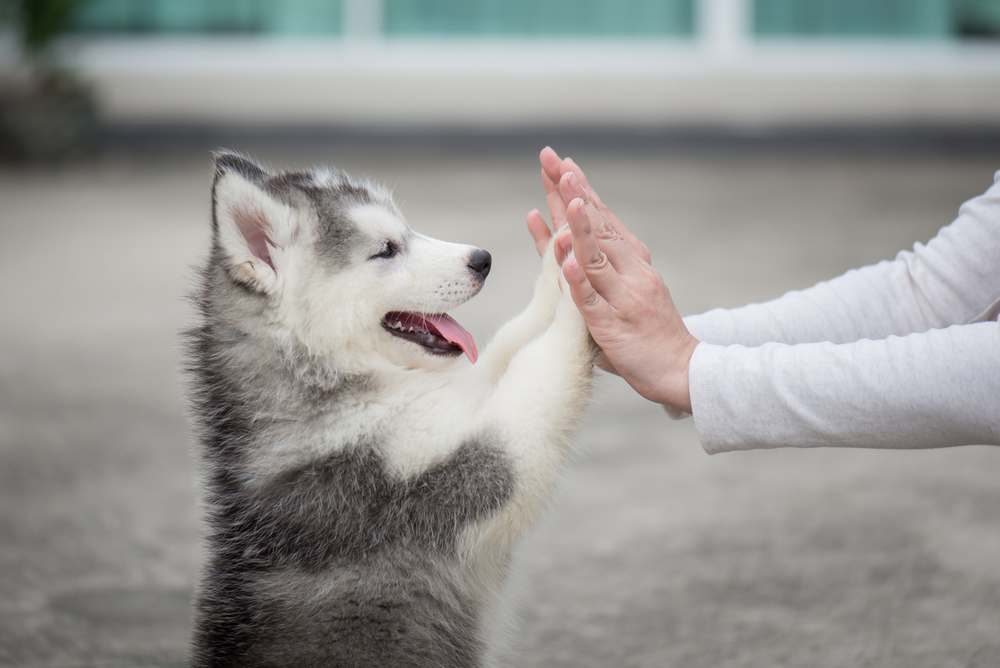
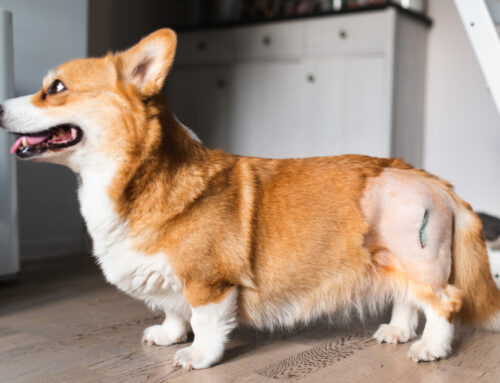
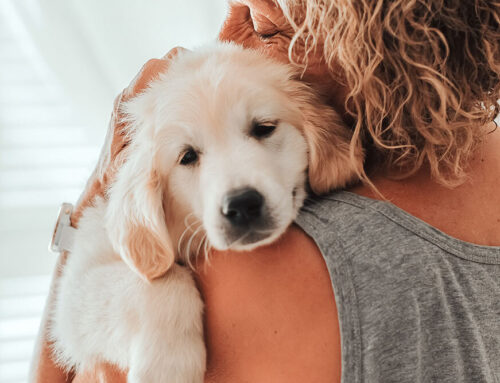
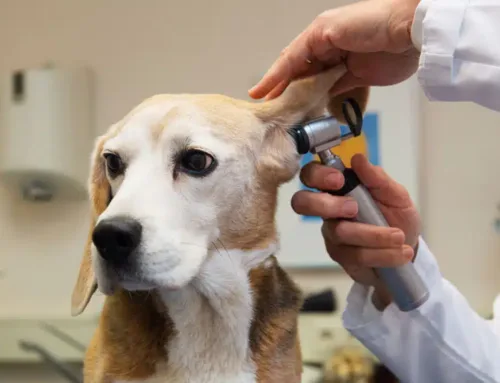
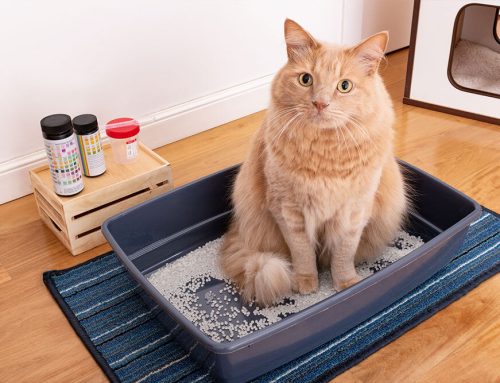
Leave A Comment